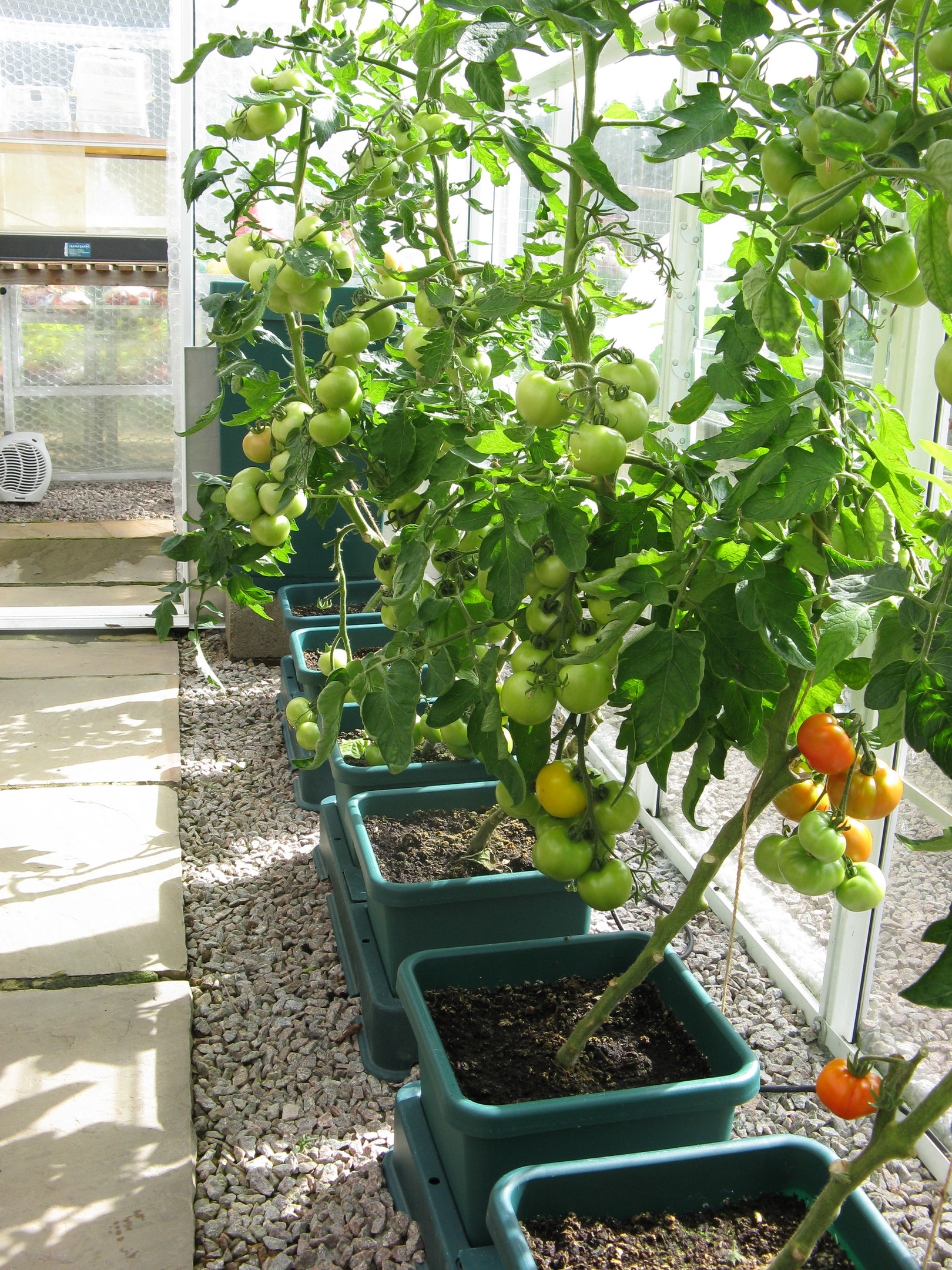Ensure your plants are well-watered
Wow, hasn’t it been hot? The most crucial job in these conditions is to be sure that your plants don’t suffer from lack of water.
Watering of glasshouse crops, baskets, pots and planters is the most important task right now. For those of you who are away to the day job from morning till night, the task becomes even trickier.
If you use baskets with water reservoirs and/or include water retention granules in your compost the task is made easier though the former may need to be topped up oftener.
I guess to be realistic most watering will be carried out in the evenings though the professional gardener (in other words when gardening is the day job) and people who have retired, would tackle the chore in the morning before the sun starts to raise the temperature significantly.
Why elect for morning watering?
Any water splashes and puddles will dry up slowly causing no damage whatsoever. Watering in the evening when temperatures are falling may mean that these same puddles lodging in foliage will remain all night and may lead to damage from Botrytis (Grey mould fungus).
It is during such periods that automatic or semi-automatic systems come into their own.
As I have mentioned before, the Autopot system, which I use for my tomato crop, is a good example.
The particular format allows me to grow six plants watered and fed from one reservoir and it raises an interesting point about feeding which I will return to shortly.
Each twin tray carries two pots, standing on a piece of capillary matting and fed through a little micro tube from the reservoir.
A float switch controls the level of liquid in the tray. No power is required since the delivery from the reservoir is by gravity. All the working parts are plastic and easily cleaned.
When the reservoir has been topped up, depending on weather conditions and therefore glasshouse temperatures, the system will look after itself for four or five days.
Now – what do you put in the reservoir?
In our set-up, the compost in the pots is a 50:50 mix of John Innes No 2 and a Peat-free multipurpose.
For the first month, i.e. mid May till mid June, the reservoir held plain water, there being sufficient nutrient in the compost to last at least that long.
Now, it is being topped up from a watering can with a half strength high potash feed.
This is the simplest way to regulate the feeding regime – mix the feed in a watering can to be able to measure quantities accurately then tip into the reservoir.
From now on, I will retain the same feeding level. I don’t use plain water unless in an emergency.
What emergency?
If the growth slows down and the leaf colour changes to a grey green, this could be a sign of over-feeding.
Technically, the level of nutrient salts in the soil moisture has become too strong and the plant has difficulty in drawing it in. The answer is to water the actual pots a couple of times with plain water to wash out some of the excess salts that have built up in the compost.
Science lesson coming up to explain that problem.
The soil nutrients are taken in to the plant, in liquid form, through the cell walls by the process known as osmosis.
I can liken this to the situation of making a can of condensed soup fit to eat.
In the plant cell is the concentrated soup, the weaker soil solution passes through the cell wall to dilute the soup, the movement is from weak to strong.
As a result, the sap in that cell is weakened whilst its next door neighbour is strong so, the weak goes to the strong and that is how nutrients reach the top of the tallest tree.
Now you will realise that, if you add too much nutrient to a pot of soil, it may build up in strength to become stronger than the cell sap, the movement is reversed, you have what is known as plasmolysis.
Plants stop growing, they turn greyish and eventually start to wilt. The problem is solved by diluting with plain water.
Final reminder on glasshouse management is the dangers presented by having too dry an atmosphere.
Under really arid conditions tomatoes may fail to set their fruits and any Red Spider Mites present will sally forth and multiply, causing significant damage to the plants by their feeding.
If you can’t be there to damp down the atmosphere by lashing some water about, set a few shallow trays around the floor topped up with water – as the temperatures rise so the water will evaporate into the atmosphere creating a little bit of humidity.
